The cell phone has progressed significantly since the main iPhone sent off in 2007. While Apple’s iOS is seemingly the world’s first cell phone working framework, Google’s Android is by a long shot the most well known. Android has developed essentially since first being delivered on a HTC-made T-Mobile gadget in 2008. Android was made in 2003 by Andy Rubin, who initially began fostering an OS for advanced cameras. Before long, he understood that the market for advanced camera working frameworks maybe wasn’t too enormous, and Android, Inc. redirected its consideration toward cell phones.
It wasn’t until 2005 that Google bought Android, Inc., and keeping in mind that there wasn’t a lot of data about Android at that point, many accepting it as a sign that Google would utilize the stage to enter the telephone business. Ultimately, Google entered the cell phone business – yet not as an equipment producer. All things considered, it advertised Android to different producers, first grabbing the attention of HTC, which involved the stage for the main Android telephone, the HTC Dream, in 2008.
Starting with that underlying rendition of the working framework running on the HTC Dream, go along with us as we investigate how Android has changed in the previous ten years.
Android 1.0 (2008)

Android 1.0 was definitely less evolved than the working framework we know and love today, yet there are as yet a couple of likenesses. For instance, most concurred that Android essentially nailed how to manage warnings, and it incorporated the draw down notice window that destroyed the notice framework in iOS.
One more momentous development in Android is the Google Play Store, which, at that point, was known as the Market. While Apple shut it to down by sending off the App Store on the iPhone a couple of months sooner, the truth of the matter is that together they launched the possibility of a concentrated spot to get all your applications – something difficult to envision not having now.
Aside from the Market, Android 1.0 additionally flaunted the capacity to utilize home screen gadgets, an element that iOS didn’t have, and one that wouldn’t be added until iOS 14 of every 2020. Sadly, designers couldn’t make their gadgets at that point. That changed in later forms. To wrap things up, the primary form of Android had profound mix with Gmail, an assistance that had as of now taken off at that point.
Android 1.5 Cupcake (2009)

The main critical update to Android got another form number, yet it was quick to utilize Google’s sweet themed naming plan, as well. Cupcake was huge for some reasons, yet the most significant was that it was the primary adaptation of Android to have an on-screen console. Before that, makers needed to remember actual consoles for their gadgets.
Next up is gadgets. While prior adaptations of Android upheld gadgets, outsider designers couldn’t make and execute then, at that point. Beginning with Cupcake, Google opened the gadgets SDK to outsider engineers, which was a critical move. Presently, numerous designers packaged no less than one gadget with their application.
Would you be able to envision a world without video? Before Cupcake, Android didn’t uphold video catch, so clients with prior adaptations of Android could catch photographs. That all (fortunately) changed with Cupcake.
Android 1.6 Donut (2009)

Android Donut gave clients a huge update – a considerably more critical update than the 0.1 variant number increment proposes. For instance, Donut carried Android to a large number of individuals by adding support for CDMA organizations like Verizon, Sprint, and many enormous organizations in Asia.
Doughnut was focused on at making Android more easy to use, yet the absolute most huge updates were in the engine. For instance, Donut was the main adaptation of Android to help different screen sizes, implying that producers could make gadgets with the showcase sizes they needed and still run Android.
However, back to ease of use. Doughnut was the principal variant of Android to incorporate what’s currently viewed as an Android staple – the fast pursuit box. Clients could now rapidly look through the web, neighborhood records, contacts, and all the more straightforwardly from the home screen without opening any applications.
Doughnut additionally acquainted a couple of tasteful changes with Android, for example, an overhauled Android Market, which offered more curation on top of free and paid applications.
Android 2.0 Eclair (2009)

While the updates to Android up until this point were remarkable, they were as yet gradual refinements of a similar working framework. Around a year after Android was first delivered, Android 2.0 Eclair made its introduction, carrying a few monstrous changes to the working framework, a considerable lot of which are still around today.
Eclair was the principal gadget to highlight Google Maps route, for example, starting off what before long turned into the passing of the in-vehicle GPS unit. While Maps has changed a great deal from that point forward, a couple of fundamental highlights displayed in the help that is as yet present today, for example, turn-by-turn route and voice direction. There were turn-by-turn route applications around then, yet they were costly, significance Google’s transition to offer Maps free of charge was really problematic.
The web program in Android Eclair additionally got redone for the new working framework. Google added HTML5 backing to the program and the capacity to play recordings, placing Eclair comparable to a definitive versatile web machine at that point – the iPhone. To wrap things up was the lock screen, which got a critical revive and permitted clients to swipe to open – very much like on the iPhone. From the lock screen, clients could likewise change the telephone’s quiet mode.
Android 2.2 Froyo (2010)
Android Froyo was first delivered in 2010 and demonstrated why it was a benefit to have a Nexus telephone. The Nexus One, which was the principal Nexus telephone to be delivered, was additionally the primary telephone to get the Android Froyo update. Pointed more at refining the Android experience, Froyo offered clients five home screen boards rather than three, and flaunted an overhauled Gallery application.
There were, be that as it may, a couple in the engine enhancements. For instance, Froyo was the principal variant of Android to bring portable area of interest support. Clients additionally at last got the PIN lock screen, which was ideal for the people who tried to avoid the example lock screen recently presented by Android.
Android 2.3 Gingerbread (2010)
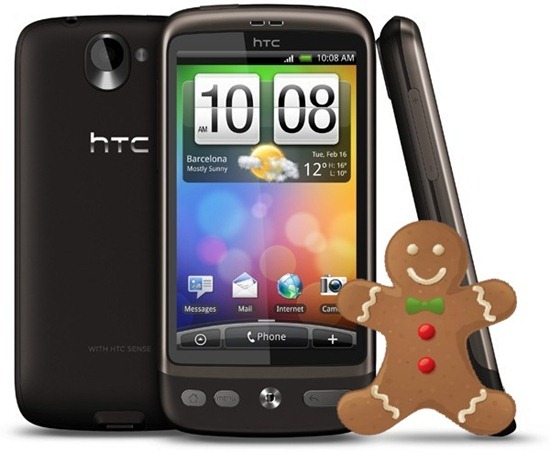
The Nexus program was at long last making its mark, and the arrival of Gingerbread affirmed that. Google picked the Samsung-fabricated Nexus S for this one. Notwithstanding, one telephone got from Samsung’s profoundly fruitful Galaxy S. Gingerbread was another extraordinary Android refinement, and it saw an update of Android’s stock gadgets and home screen.
Gingerbread likewise accompanied a superior console, which offered new hue for the keys, just as improved multitouch support, which permitted clients to press numerous keys to get to an optional console. To wrap things up is that Gingerbread added help for the forward looking camera – how might us selfie-sweethearts treat that?
Android 3.0 Honeycomb (2011)
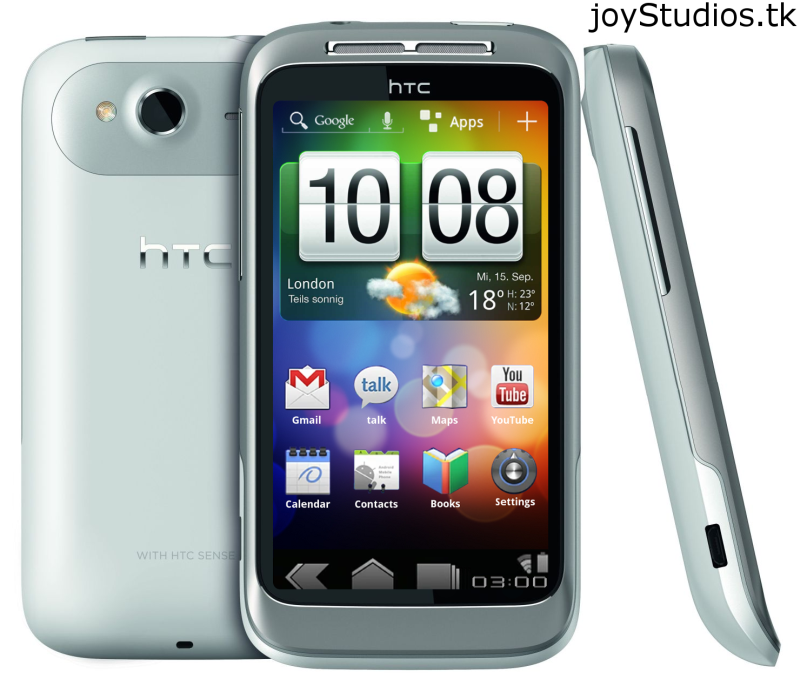
Google had been causing ripple effects in the cell phone industry for a couple of years at this point, which made Honeycomb an astonishing delivery simply in light of the fact that its objective was tablets. It was even first exhibited on a Motorola gadget that would ultimately turn into the Xoom.
Honeycomb gave a couple of configuration signals concerning what might show up in later forms of Android. Rather than emphasizing the working framework with the exemplary green Android tone, for instance, Google changed to blue accents. In addition, rather than picking home screen gadgets from a straightforward rundown, where you were unable to see what the gadgets resembled, sneak peaks were presented for individual gadgets. Maybe the main move in Honeycomb was the way that it eliminated the requirement for the actual button. All things being equal, the home, back, and menu buttons were completely remembered for the product as virtual buttons, meaning they could be covered up or shown in view of the application.
Android 4.0 Ice Cream Sandwich (2011)
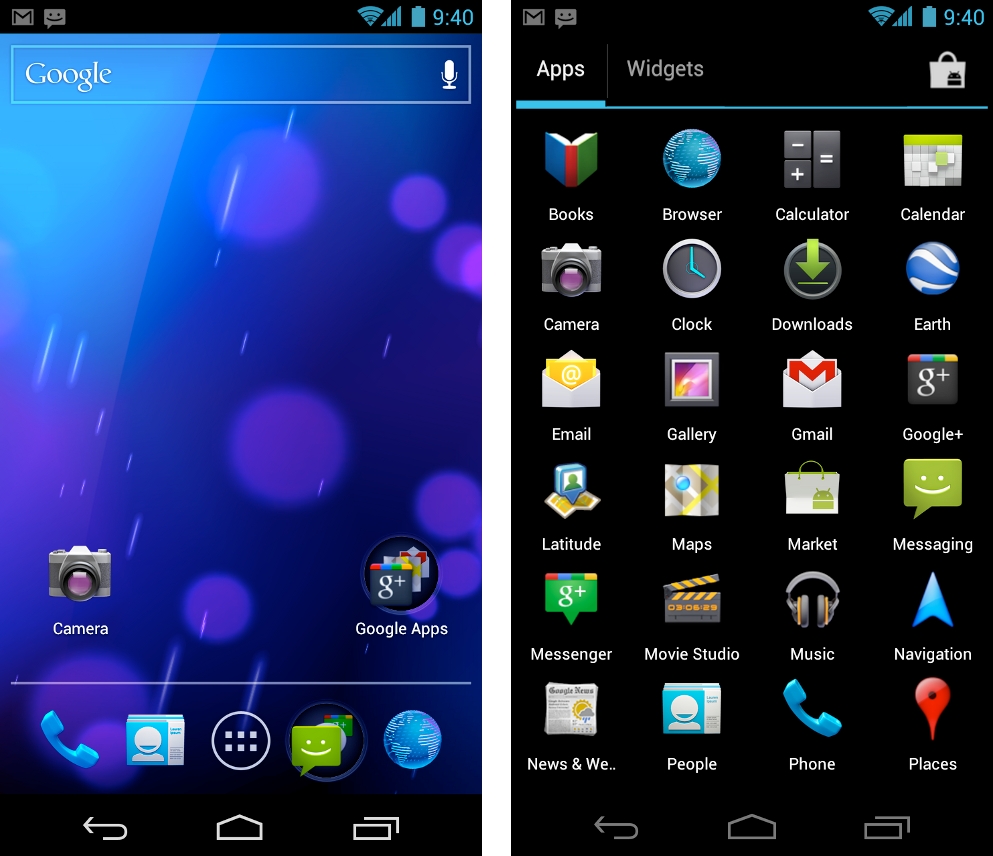
The Nexus S was an incredible telephone, yet it wasn’t the end-all-be-all of Google’s organization with Samsung. The two matched up indeed for the arrival of the Galaxy Nexus, which exhibited Ice Cream Sandwich, a working framework that brought a large number of Honeycomb’s highlights over to the cell phone.
The working framework brought over the previously mentioned virtual buttons, just as the changed and refined connection point that utilized the blue features. Other little highlights, for example, face open, information utilization investigation, and new applications for mail and schedule were additionally remembered for the update.
With Honeycomb going about as the extension from old to new, Ice Cream Sandwich – likewise delivered in 2011 – filled in as the stage’s true section into the period of present day plan. The delivery refined the visual ideas presented with Honeycomb and rejoined tablets and telephones with a solitary, brought together UI vision.
ICS dropped a lot of Honeycomb’s “holographic” appearance however kept its utilization of blue as a framework wide feature. Furthermore it extended center framework components like on-screen buttons and a card-like appearance for application exchanging.

The ICS home screen and application exchanging point of interaction.
Android 4.0 likewise made swiping a more basic technique for getting around the working framework, with the then-progressive inclination capacity to swipe away things like notices and late applications. What’s more it began the sluggish course of bringing a normalized plan structure – known as “Holo” – all through the OS and into Android’s application biological system.
SponsoredPost Sponsored by GAVS Technologies
Tackle the Power of AI to convey Efficient ITOps!
Drive business nimbleness with ZIF. Download your free form today!
Android 4.1 Jelly Bean (2012)
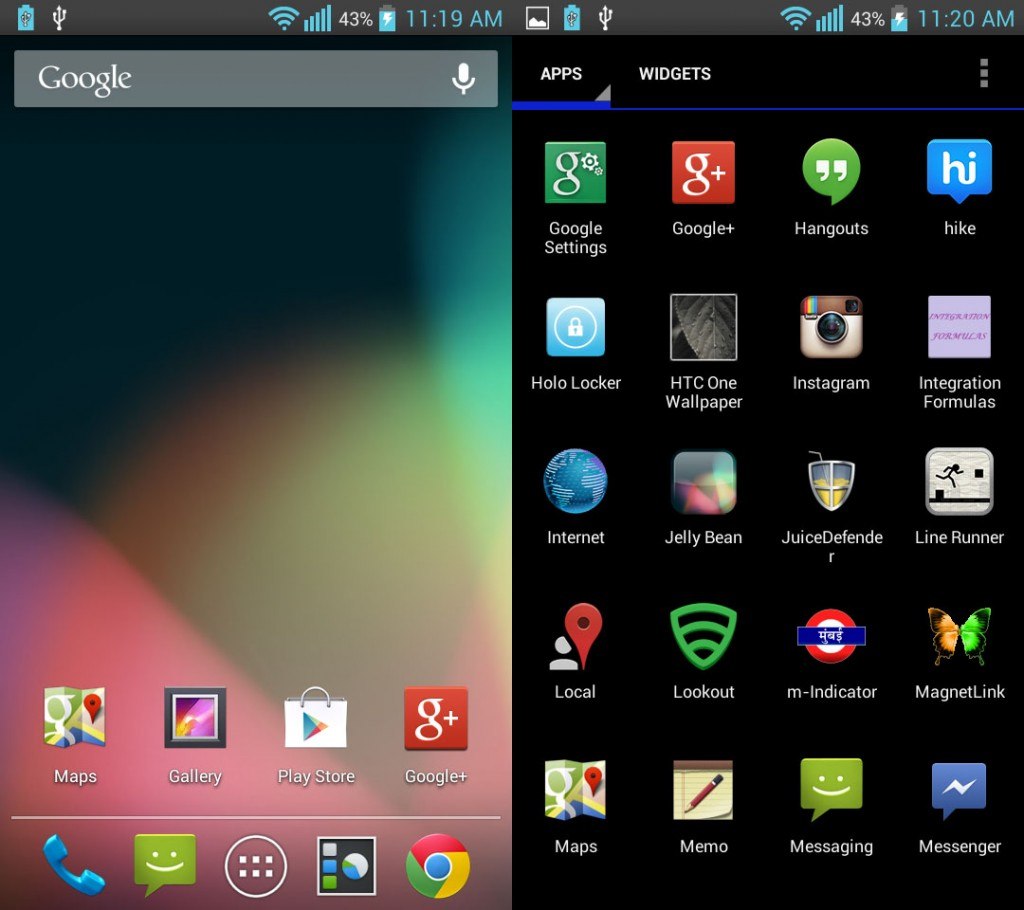
Android Jelly Bean flagged another period for the working framework, regardless of whether the OS appeared to be pretty much equivalent to its ancestor. In the event that you burrowed somewhat more profound, you would have seen a few huge changes. The most significant of which was Google Now, which could be gotten to with a fast swipe from the home screen and brought data – i.e., schedule occasions, messages, climate projections – all to a solitary presentation. The element was Google’s first significant cut at an advanced aide, and it laid the foundation for future adaptations of computerized aides, including Google Assistant.
Aside from Google Now, a few other huge increases highlighted in Jelly Bean like Project Butter, intended to definitely further develop Android’s touch execution by significantly increasing buffering designs. Said project update wiped out a ton of the stammer in Android and made it a much smoother experience in general. Invigorated textual style, expandable warnings, more noteworthy gadget adaptability, and different highlights were additionally included Jelly Bean, delivering it one of the main updates to Android at that point.
Android 4.4 KitKat (2013)

Late-2013’s KitKat discharge denoted the conclusion of Android’s dim age, as the blacks of Gingerbread and the blues of Honeycomb at long last advanced out of the working framework. Lighter foundations and more impartial features took their places, with a straightforward status bar and white symbols giving the OS a more contemporary appearance.
Android 4.4 additionally saw the main adaptation of “Alright, Google” support – however in KitKat, the sans hands initiation brief worked just when your screen was on and you were either at your home screen or inside the Google application.
The delivery was Google’s initial introduction to guaranteeing a full board of the home screen for its administrations, as well – at any rate, for clients of its own Nexus telephones and the individuals who decided to download its very first independent launcher.
Android 5.0 Lollipop (2014)

Android Lollipop, which appeared close by the Nexus 6, was quick to highlight Google’s “Material Design” theory. The updates, be that as it may, weren’t absolutely stylish – the working framework additionally displayed a couple of huge updates in the engine.
Google supplanted the maturing Dalvik VM with Android Runtime, for instance, which bragged ahead time accumulation. Basically, this implied that piece of the handling power needed for applications was provided before said applications opened. What’s more, clients saw a few warning updates, the expansion of RAW picture support, and a large group of different refinements.
Android 5.0 likewise saw the expansion of one more form of Android, named Android TV, which carried Android to the big screen is as yet being used on a lot of TVs today.
Android 6.0 Marshmallow (2015)

Android Marshmallow achieved both plan changes and changes in the engine. Most remarkably, the application menu totally different. Google utilized a white foundation rather than dark, for example, and added a pursuit bar to assist users with rapidly finding the application they required. Android Marshmallow additionally brought the option of the memory supervisor, which permitted you to check the memory utilization of any application utilized inside the beyond 3, 6, 12, or 24 hours.
Next up were the volume controls. In Marshmallow, you gained admittance to a more exhaustive arrangement of volume controls, permitting you to change the volume for the gadget, media, and cautions. Security likewise got a huge lift inside the working framework. Android formally upheld finger impression sensors starting with Marshmallow, and authorizations got a huge redo. Rather than applications mentioning all consents forthright when downloaded, authorizations were looked for dependent upon the situation when they were required.
Android 7.0 Nougat (2016)
 s
s
Android 7.0 Nougat apparently stamped perhaps the main moves up to Android in its long term – principally due to how brilliant the working framework got. Maybe the biggest effect on Android in Nougat was that Google Now was supplanted with the now much-regarded Google Assistant.
Alongside Assistant, Nougat brought a better warnings framework, which changed what notifications looked like and acted inside the OS. Declarations were introduced from one screen to another, and not at all like past cycles of Android, they could be gathered for simple administration. Performing multiple tasks likewise got a lift with Nougat. Regardless of whether you’re utilizing a telephone or a tablet, you’ll have the option to utilize split-screen mode, permitting you to utilize two applications immediately without exitting out of each application at regular intervals.
Android 8.0 Oreo (2017)
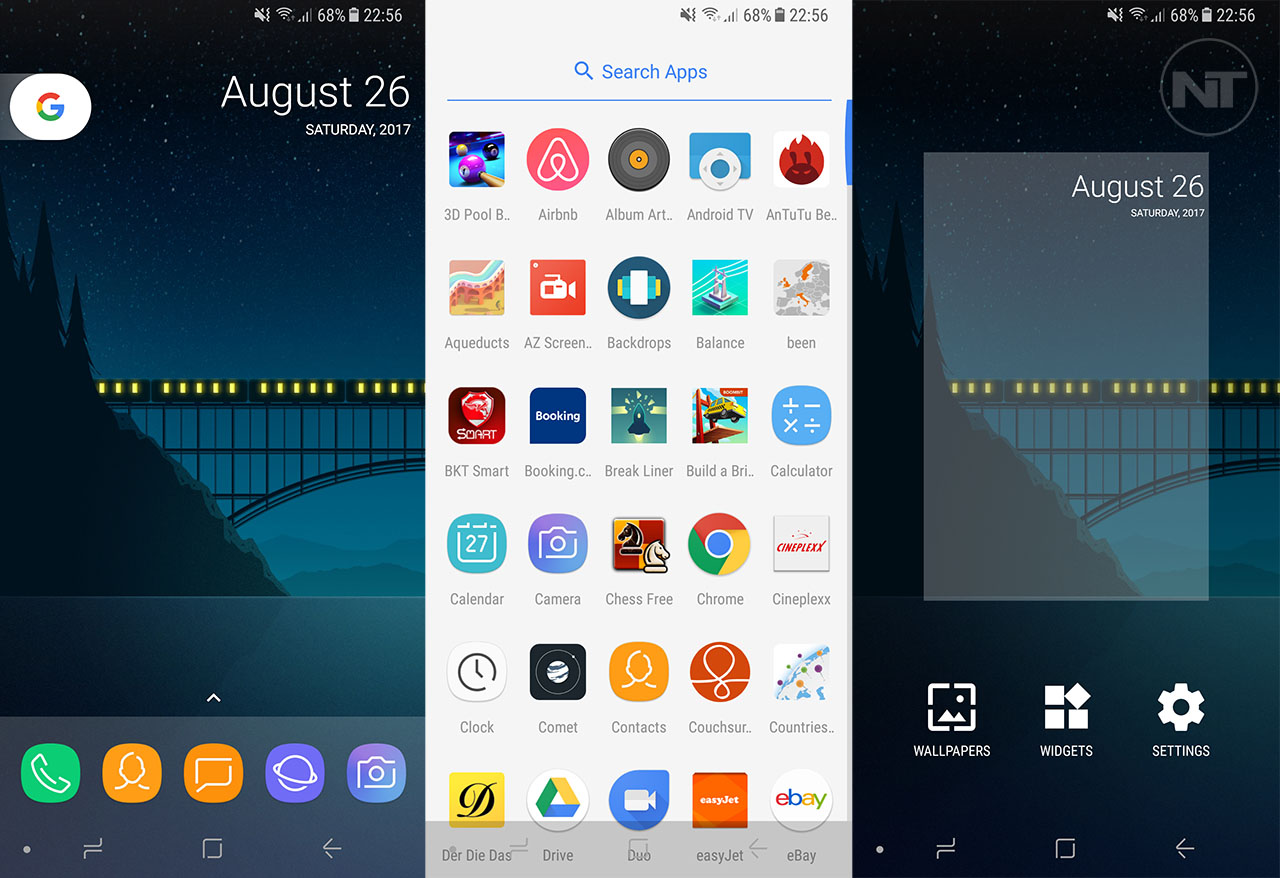
Android Oreo took the Android stage to adaptation 8.0, and specifically, brought a huge load of performing various tasks highlights. Picture-in-picture and local split-screen both made their introductions in Android Oreo, meaning you could keep watching your cherished show on Netflix while perusing the web.
Android Oreo likewise gave us significantly more command over notices. With Oreo, clients been able to turn warning directs on or off, meaning they could get very granular with notices appearing and how they show up. Specifically, warning channels permitted clients to sort notices in view of significance. Likewise notice related, Oreo carried warning specks and the capacity to nap notices.
A couple of other more modest elements displayed in Oreo, as well. For instance, Google got rid of the mass style for emoticons, supplanting them with emoticons that were somewhat more in accordance with different stages. Oreo likewise gave us auto-empower Wi-Fi, a shrewd text selector, etc.
Android 9.0 Pie (2018)
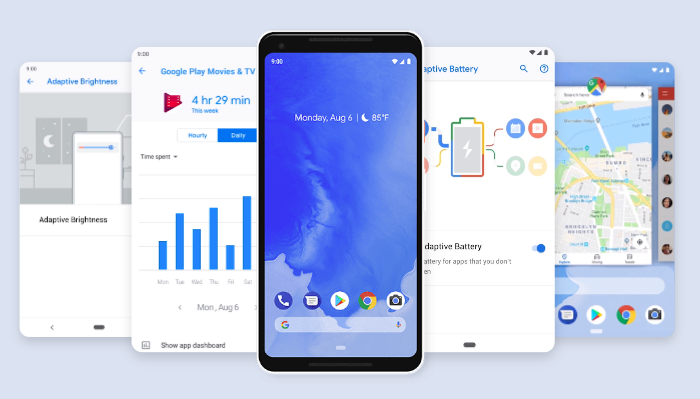
A decade after the send off of Android on cell phones, we got Android 9.0 Pie. Android Pie carried with it a few visual changes that made it the main update to Android in a couple of years.
Most quite, Android 9.0 Pie got rid of the three-button arrangement that existed in Android for a really long time, supplanting it with a solitary pill-molded button and signals for controlling things like performing multiple tasks. Android 9.0 Pie additionally carried a few changes to notices, including additional command over the sorts of notices that appear and where they appear, just as Google’s “Advanced Wellbeing,” a component that basically lets you know how frequently you utilize your telephone, the applications that you utilize the most, etc. The component is pointed toward assisting users with better dealing with their advanced lives to check cell phone enslavement.
Different elements incorporate a versatile battery, which restricts how much battery foundation applications can use, just as “Application Actions,” which are profound connections to explicit application includes that appear directly from the application cabinet.
Android 10 (2019)
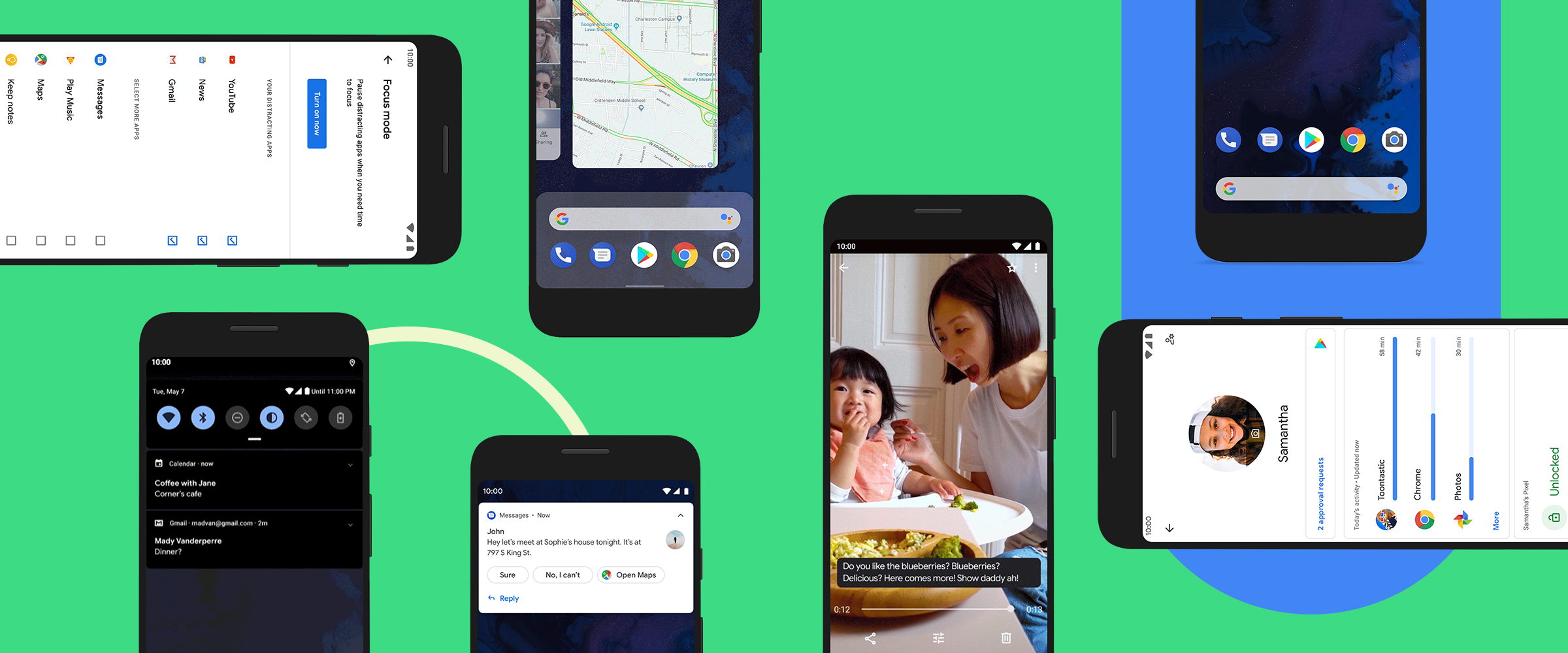
Android 10 denoted a shift for Google. You might’ve seen that there’s unpleasant and sweet name for the variant of Android this year. That is no misstep – alongside the rollout of the most recent adaptation of Android, Google additionally declared a rebranding of the working framework, getting rid of the naming plan and staying with rendition numbers as it were. Likewise, Google reported another logo for Android, just as an invigorating shading plan.
Android disposed of form 9’s “back” button in the overhaul. Route signals have supplanted it and other Android route buttons in Android 10. Android 10 additionally includes another framework wide dim mode, conceivably broadening battery duration and making the gadget’s screen a piece more amicable on the eyes. The overhaul additionally incorporates numerous new adaptable highlights, giving you an interesting and vivid Android experience.
Android 11 (2020)
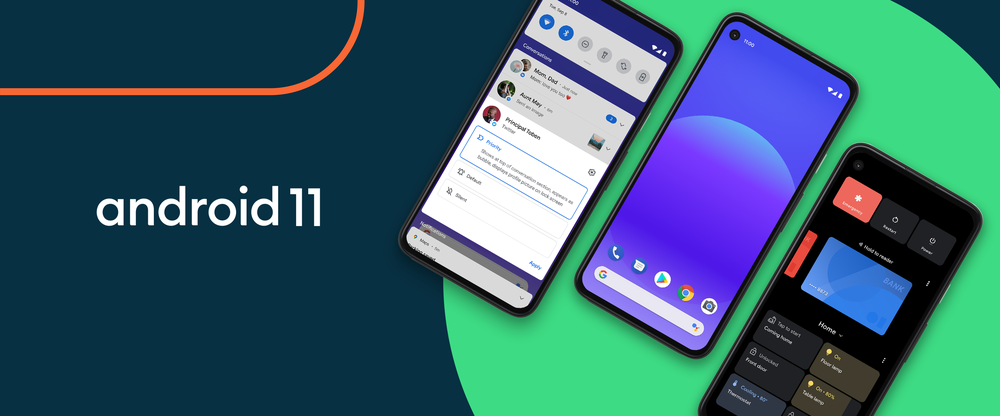
Android delivered the public beta for Android 11 in June 2020. It’s accessible for Google Pixel 2 through Google Pixel 4 models, Xiaomi Mi 10 and 10 Pro, and OnePlus 8 and 8 Pro cell phones. Particularly great are this current update’s shrewd home control flips inside the Device Control center, which let you control any connected brilliant home gadgets. You can likewise utilize your cell phone or tablet to control sound and media yield easily.
Notices presently incorporate a different “Discussion” segment, an improvement that allows clients to screen application cautions and other gadget messages as is advantageous. Clients can likewise pick whether individual applications are needed to demand consents each time the application opens. This element further develops security by forestalling applications from continually getting to your information; you can allow or repudiate the entrance whenever. There were worries that the arranged September 8, 2020 delivery date for Android 11 would get delayed because of the pandemic, however luckily, that didn’t occur. The delivery went as arranged, and Android 11’s better than ever includes are accessible to all clients.
Android version 12 (2021)
Google formally sent off the last form of Android 12 in October 2021 and began carrying the product out to its own Pixel gadgets before long – close by the send off of its new Pixel 6 and Pixel 6 Pro telephones.
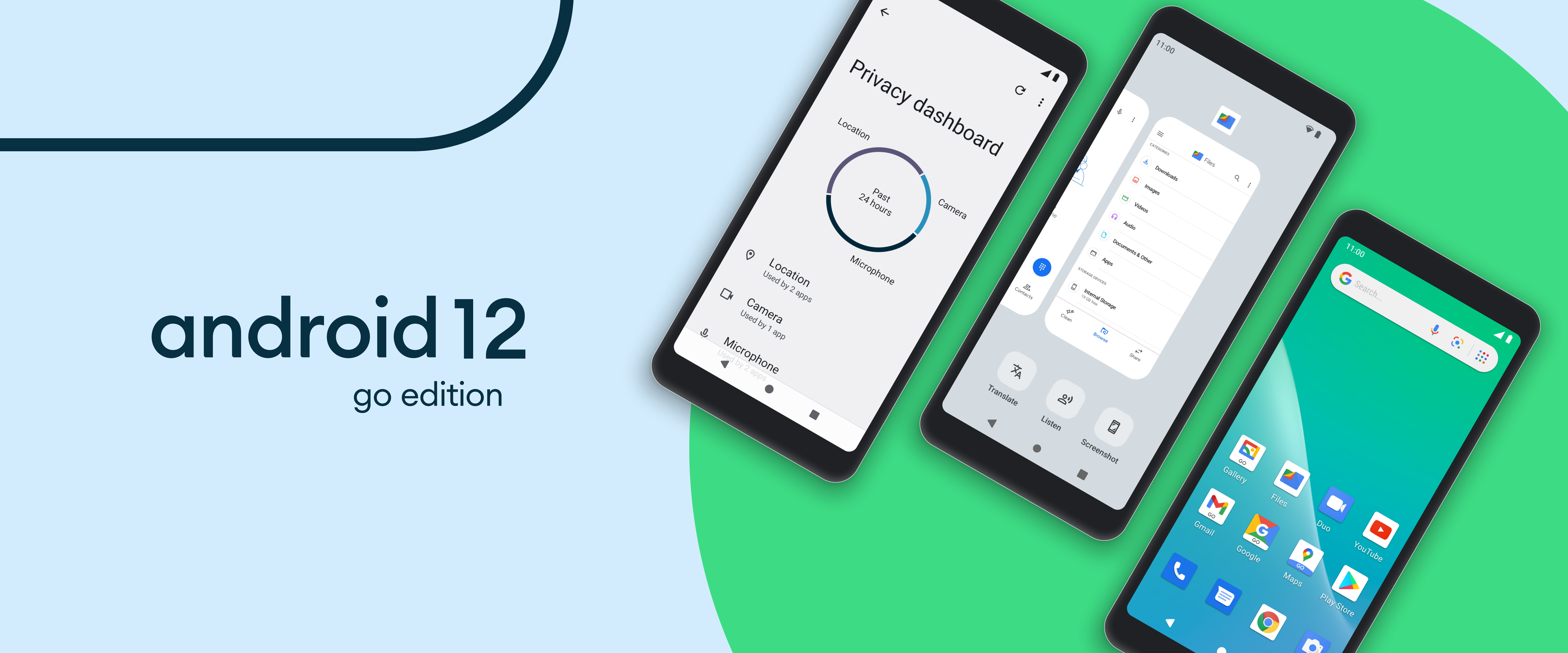
In a turn from the last a few Android forms, the main movements with Android 12 are for the most part on a superficial level. Android 12 highlights the greatest reconsidering of Android’s connection point since 2014’s Android 5.0 (Lollipop) adaptation. That form, as we talked about a second prior, was the first to exhibit Google’s then-new Material Design standard. Furthermore this one is quick to incorporate a refreshed and totally upgraded take on that norm – something known as Material You.
Material You brings something else altogether and feel to the whole Android experience, and it isn’t restricted distinctly to framework level components, all things considered. At last, Android 12’s plan standards will extend into both applications on your telephone and Google administrations on the web. Similar standards will appear on Chromebooks, Smart Displays, and Google-related wearables also. What’s more since a gigantic piece of the Material You idea is permitting you (get it?) to modify the range and different particulars of the connection point’s appearance – in any event, having your telephone create dynamic customized subjects for you on the fly, in view of the shades of your telephone’s backdrop out of the blue – the progressions run profound and will totally be perceptible.
Prominently, the greater part of Material You’s most significant plan progressions will probably be accessible just on Google’s own Pixel telephones, basically to begin. Following quite a while of having outsider gadget creators sludge around with the Android interface and present a wide range of subjective change for change, Google at last is by all accounts accepting the way that its own Android plan decisions won’t be general – and in doing as such, it’s turning the restricted accessibility of that point of interaction and everything around it into a Pixel highlight rather than a Google responsibility.
Android 12 attendants in a totally different look and feel for the working framework – in any event, as it’s accomplished on Google’s own gadgets. (Click picture to expand it.)
Surface-level components to the side, Android 12 brings a (very much past due) reestablished concentration to Android’s gadget framework alongside a large group of significant central upgrades in the space of execution, security, and protection. The update gives all the more impressive and open powers over how unique applications are utilizing your information and how much data you permit applications to access, for example, and it incorporates another disengaged part of the working framework that permits A.I. highlights to work altogether on a gadget, with no potential for network access or information openness.
